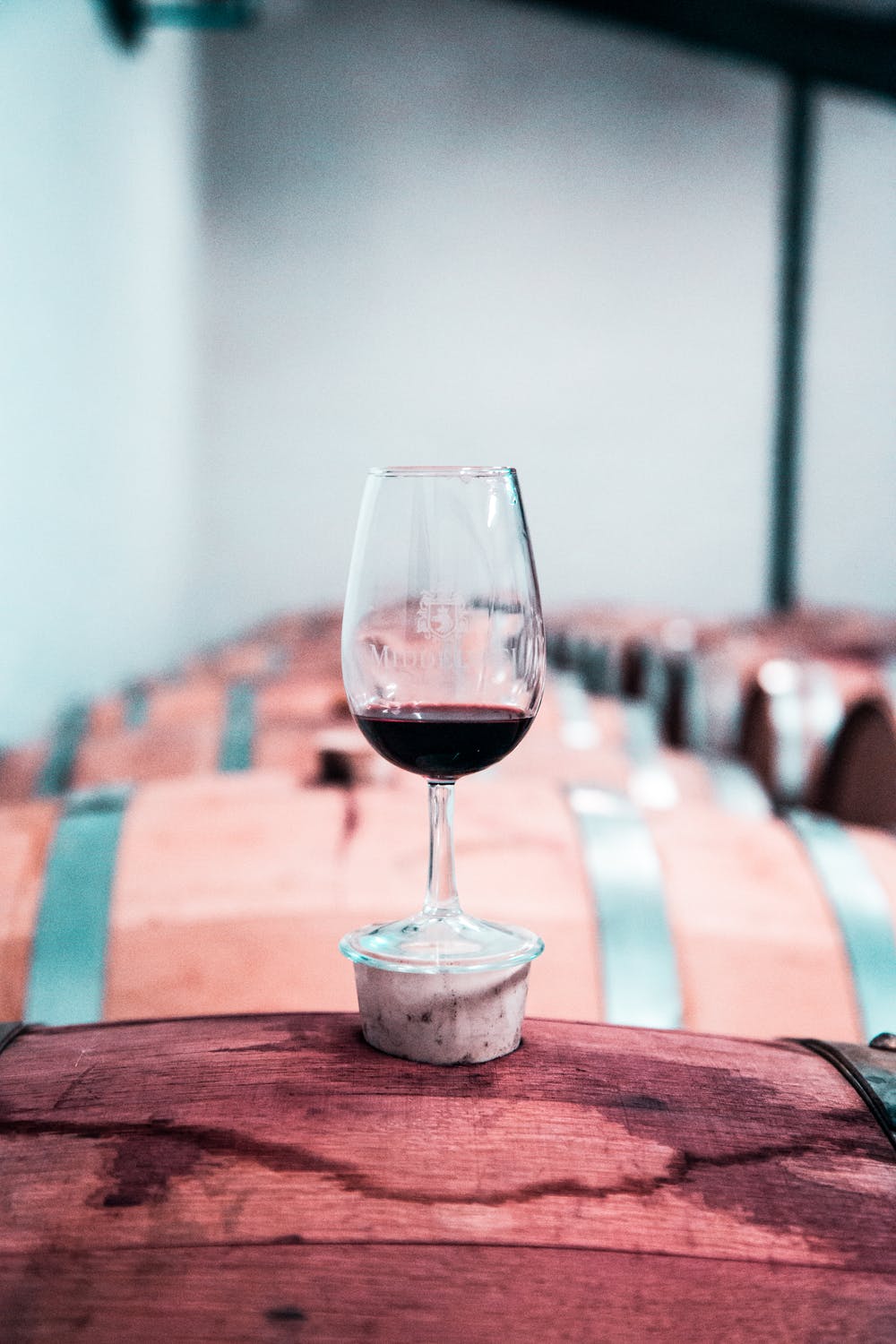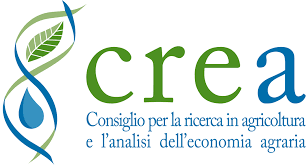VARCA

During the VARCA project (Valorisation of the aromatic quality of wines with reduced alcohol content), financed by the “Cassa di Risparmio di Torino” Foundation during the 2014 and 2015 vintage years, the grapes harvested in three sequential ripening stages and the wines obtained were evaluated in order to identify the maximum expression of the varietal aromatic component accompanied by a satisfactory polyphenolic expression.
The experimentation involved 2 grape varieties: Barbera and Pinot Nero, the first chosen because of its oenological qualities and importance for the Piedmont market, and the second as an international reference. The grapes were picked up at three increasing degrees of ripeness (15 days, 7 days and 0 days before the scheduled harvest date). The first part of the work concerned the evaluation of the technological and phenolic maturity of the grapes by spectrophotometric determinations. The vinifications were carried out at the CREA-Research Center for Oenology in Asti and the aromatic profile of the wines was analysed during the fermentation, with attention to free norisoprenoid compounds such as b-ionone and b-damascenone by GC-MS analysis. Finally, the possibility of modulating the aromatic expression of the wines was explored by using different species or strains of Saccharomyces and non-Saccharomyces wine yeasts focusing on their ability to transform the varietal aromatic precursors of grapes into olfactory active compounds.
RESULTS
The data showed an inverse linear correlation between the potential alcohol content of the grapes and b-damascenone in wines: especially for Barbera wines with 2 degrees less alcohol content (obtained from grapes harvested at -7 days) a higher b-damascenone content was observed, of approximately 15% if compared with the wines from grapes harvested at 0 days. The reduction in alcohol content, obtained by harvesting the grapes slightly earlier, is therefore associated, especially for Barbera, with the greater presence of an important aromatic enhancer of fruity notes.
K. exigua resulted to be an interesting non-Saccharomyces yeast, capable of bio-transforming the aroma precursors present in the grapes into olfactive relevant molecules during vinification. The production of b-damascenone, both with Barbera grapes and with Pinot noir, resulted significantly higher in the fermentation carried out with K. exigua if compared to the classic fermentation with S. cerevisiae. Considering also the ability of this yeast to deviate the glycolytic flow towards a lower production of ethanol, is undoubtedly worthy an in-depth studying of this yeast in order to produce wines with a reduced content alcohol.
All this allows to hypothesize, at least in the case of some varieties such as Barbera, the use of early grape harvesting or the use of non-Saccharomyces yeasts to modulate the alcohol content of wines and contemporary preserve their aromatic quality.
Relations
- Network
- List
- Geolocation
- More
Alcohol degree management
The increase in the sugar content of grape must and the increase in the alcohol level in wine are some of the main challenges affecting the wine industry today.
- More
Aromatic and polyphenolic qualities of grapes and wines
Modulation of grape secondary metabolites under climate change conditions
- More
CREA - Consiglio per la ricerca in agricoltura e l'analisi dell'economia agraria
CREA is the leading Italian pubblic research organization dedicated to the agri-food supply chains. It is supervised by the Ministry of Agricultural, Food and Forestry Policies
- More
KEY NORISOPRENOID COMPOUNDS IN WINES FROM EARLY-HARVESTED GRAPES IN VIEW OF CLIMATE CHANGE
The link between grape ripening, seasonal trend and wine aroma was investigated in Barbera and Pinot Noir wines produced with early harvested grapes cultivated in Piedmont, Italy

